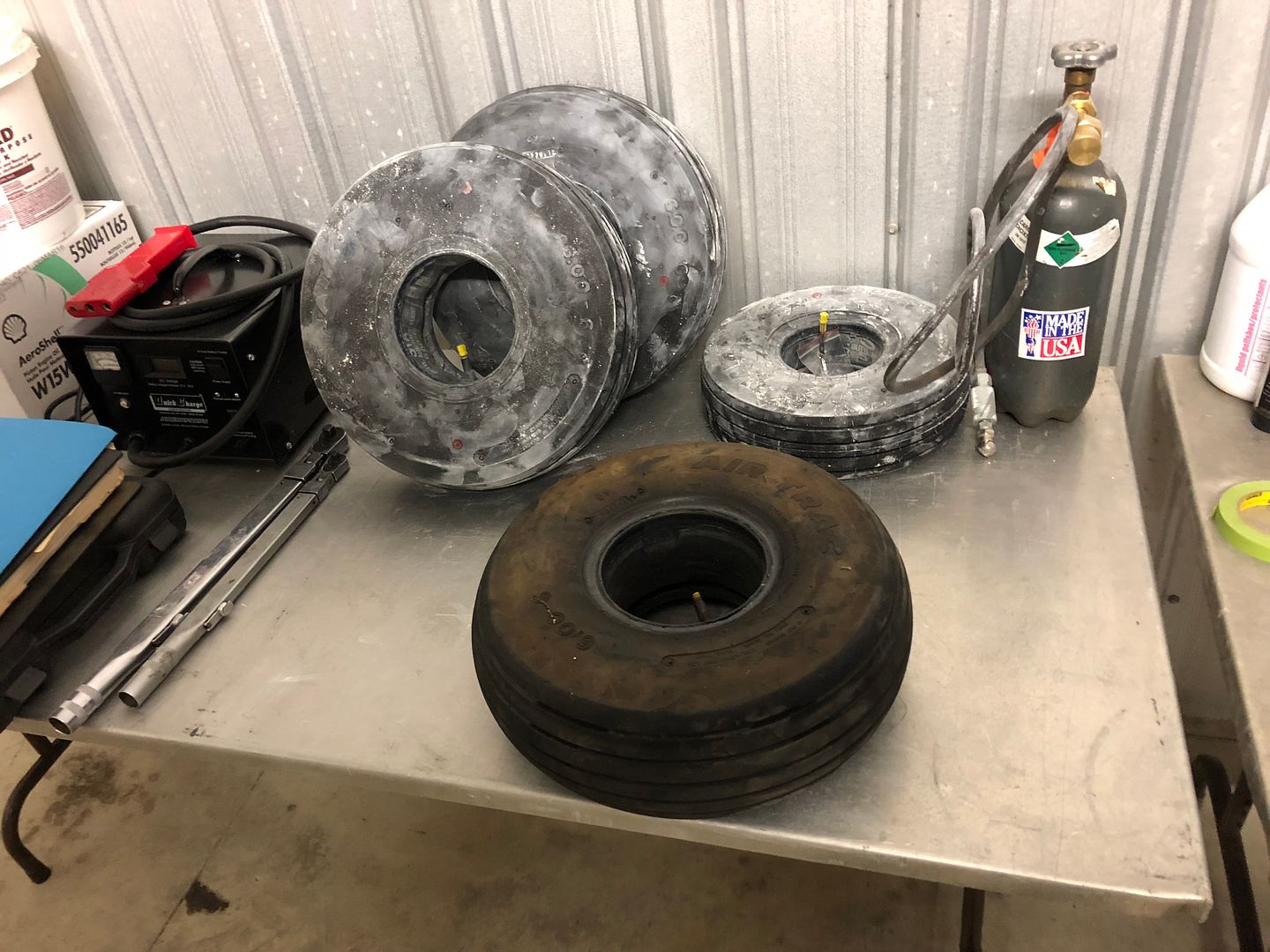Are these tire finished? Bought the plane couple weeks ago. Thanks
https://drive.google.com/file/d/1S888nzL5hRLPRlIn4Pr3TICELLltazIf/view?usp=drivesdk
https://drive.google.com/file/d/1DzTZCdBbCBV10qF6zhFBG42WHPhfhvZB/view?usp=drivesdk
https://drive.google.com/file/d/1S888nzL5hRLPRlIn4Pr3TICELLltazIf/view?usp=drivesdk
https://drive.google.com/file/d/1DzTZCdBbCBV10qF6zhFBG42WHPhfhvZB/view?usp=drivesdk









